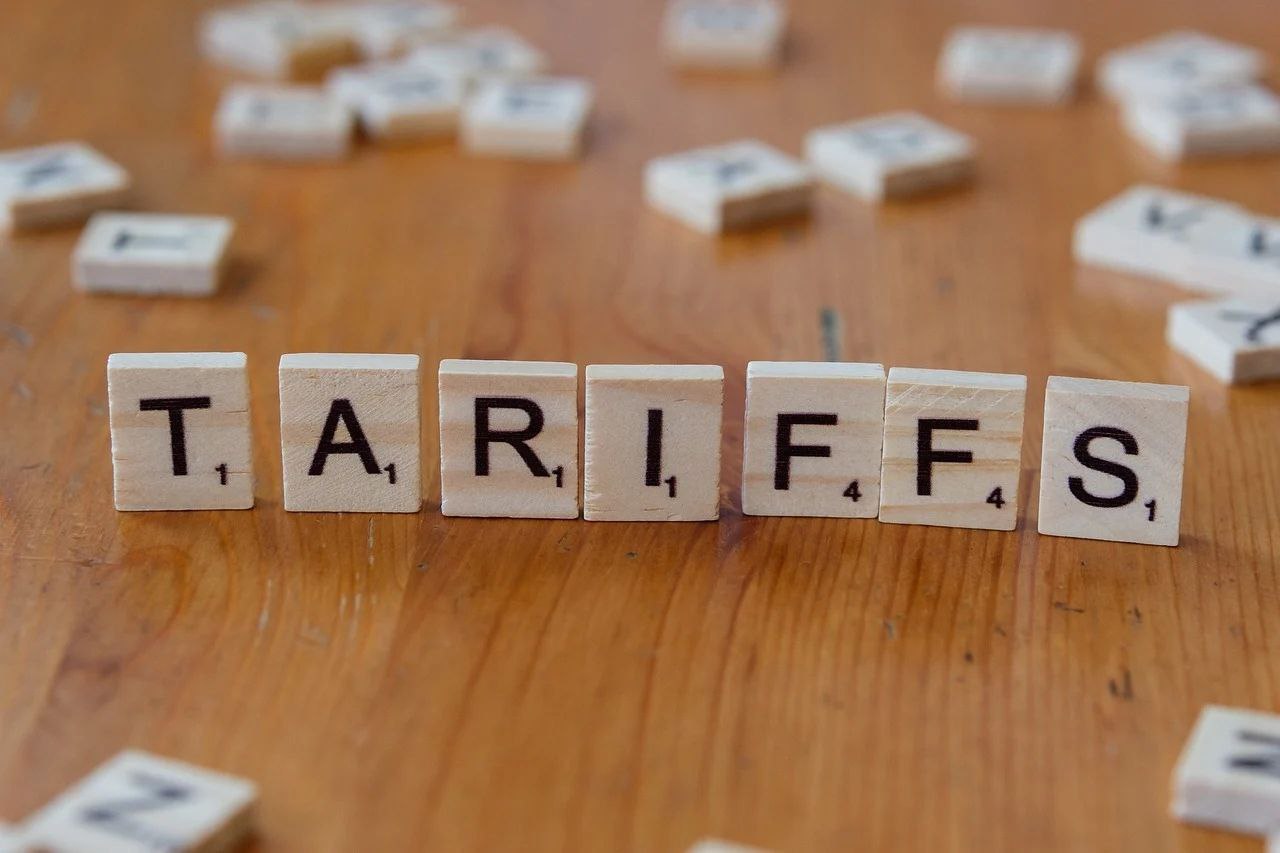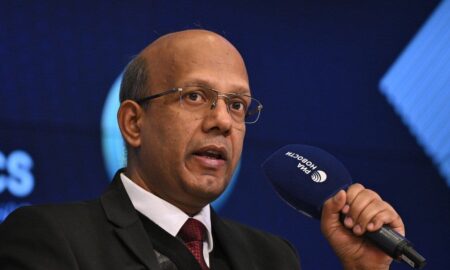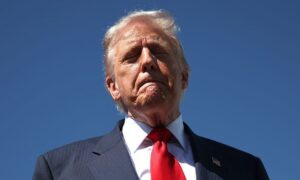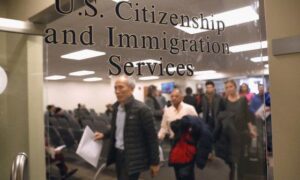Taxing Starbucks, Richer Home Brew?Muhammad Zamir Assadi

In 2025, Donald Trump returned to the White House with the mission to bring back American industry and restore the nation’s manufacturing glory. “Jobs in factories will come roaring back into our country,” he said at the time. “We will supercharge our domestic industrial base.”
Tariffs were to be the hammer, imports the anvil, and domestic factories were expected to rise in triumphant clangs.
Yet even in the early months of this renewed protectionist push, the reality has proven far less cinematic. The “American factory floor” remains largely overseas, as tariffs reshape global supply chains without bringing true reshoring, leaving open the question of whether tariffs alone can really revive U.S. manufacturing.
Tariffs: The Double-Edged Sword
Since returning to office in 2025, the Trump administration has doubled down on protectionism with successive waves of tariffs, most notably the so-called “reciprocal tariffs.” And new measures include a 25% duty on imported auto parts and a 50% levy on foreign metals like steel and aluminum. The economic reasoning is direct. By dramatically raising the cost of imported goods, the administration sought to make domestic production comparatively cheaper and more competitive.
Yet the economic friction is not so simple. Domestic importers, including automakers and appliance makers, now pay more for essential inputs. Rather than boosting competitiveness, tariffs have effectively increased the cost of production across the entire manufacturing ecosystem.
Take Stellantis NV. It pledged a $13 billion investment in U.S. plants over the next four years to reinvigorate its business and mitigate tariff costs, aiming to expand output by 50% and create over 5,000 jobs at factories in Illinois, Ohio, Indiana and Michigan. Headlines hailed the “reshoring victory,” but the company reported a nearly $350 million loss in H1 2025 due to supply chain disruptions from tariffs. Meanwhile, retaliatory measures from China and the EU highlight the ironic twist, which is, tariffs raise domestic costs and reduce foreign sales simultaneously.
Moreover, tariffs encourage diversification rather than true reshoring. Firms employ “China Plus One (or Two)” strategies, shifting production to Mexico, Vietnam, and India rather than Detroit or Pittsburgh. While this mitigates tariff exposure, it does little for American factory employment. In essence, companies are adapting to survive, not reshoring to revive national industry. The political theatre of protectionism masks the economic gravity, in other words, factories remain offshore, and global supply chains grow more complex rather than simpler.
The Labor Market: Not Ready for Prime Time
Labor market strains remain a bottleneck even as tariffs nudge firms toward domestic production. The U.S. manufacturing sector has shed 78,000 jobs over the past year, including 12,000 in August alone, according to the latest federal data. While automation continues to expand across factories, it isn’t the only driver behind the decline. Due to the ongoing government shutdown, September figures are yet to be released, but the August 2025 labor turnover survey already shows a 12% year-on-year drop in job openings and 313,000 separations in manufacturing, as per a report released by the U.S. Bureau of Labor Statistics (BLS) on September 30.
Quality labor costs further compound the problem. Wells Fargo analysts said in a report that $2.9 trillion would be needed to restore manufacturing employment to the 1979 peak of 19.5 million, while according to the Wall Street bank, U.S. manufacturing employment now stands at 12.8 million. Manufacturers now face a tough choice between paying premium wages to attract skilled workers and moving production overseas to reduce costs. Apple, for example, continues expanding production in India and Vietnam, citing a combination of lower labor costs and a more adaptable, tech-ready workforce.
Yielding no immediate improvement in skills, tariffs cannot create a qualified workforce overnight.
Even a 25% increase in Chinese labor costs due to tariffs does not magically produce qualified American workers, faster permits, or labor harmony. Skill gaps persist, as modern factories increasingly rely on robotics, AI, and integrated supply chains, particularly in areas where American labor shortages are acute. Reshoring faces monumental structural challenges since decades of investment, robust infrastructure, and a skilled workforce are foundations that tariffs alone cannot rebuild. Nearshoring strategies, shifting production to lower-cost neighbors, demonstrate that firms prioritize logistics optimization over domestic job creation.
Policy Uncertainty: The Elephant in the Room
Tariffs are most corrosive when policy is unpredictable. The Reshoring Institute recently interviewed 18 C-level executives across the United States to assess their responses to the Trump tariffs. Most said that capital investment and hiring have been put on hold until trade policies and the broader economic outlook stabilize as multi-year investments cannot gamble on presidential whims or overnight policy reversals. Building a $1 billion chip fabrication plant on a tweet is poor corporate governance.
The global consequences amplify uncertainty. Modeling from the OECD’s latest Supply Chain Resilience Review suggests that a worldwide shift toward domestic sourcing could shrink global trade by more than 18% and reduce global GDP by over 5%. Firms employing “China Plus One” strategies may relocate final assembly abroad but still rely on Chinese intermediate goods. The intended decoupling is often illusory, and the final supply chain becomes more circuitous and less efficient.
Even domestically, permit delays, union negotiations, and capital requirements remain formidable barriers. The political allure of tariffs may satisfy electoral audiences, but the long-term effect is muted. Companies diversify geographically, shield themselves from immediate cost shocks, and defer genuine domestic investment until policy signals stabilize. Tariffs, in effect, are temporary levers, not structural solutions.
Factories Need Policy, Not Politics
Tariffs make headlines and political theatre, but they are blunt instruments in a complex global economy.
Stellantis’ losses, BLS employment declines, and Apple’s offshore expansions illustrate that structural issues – labor, capital, and policy predictability – matter more than punitive duties. Protectionism may drive supply chain diversification, but it does not guarantee reshoring or blue-collar renaissance.
The path to industrial revival lies not in erecting tariffs, but in addressing fundamentals like targeted tax incentives, streamlined permitting, vocational training, applied R&D, and strategic infrastructure investments. Just as taxing Starbucks won’t make home coffee taste better, taxing imports won’t restore lost industrial strength. How long would it take one to learn that slogans alone do not rebuild factories?



























